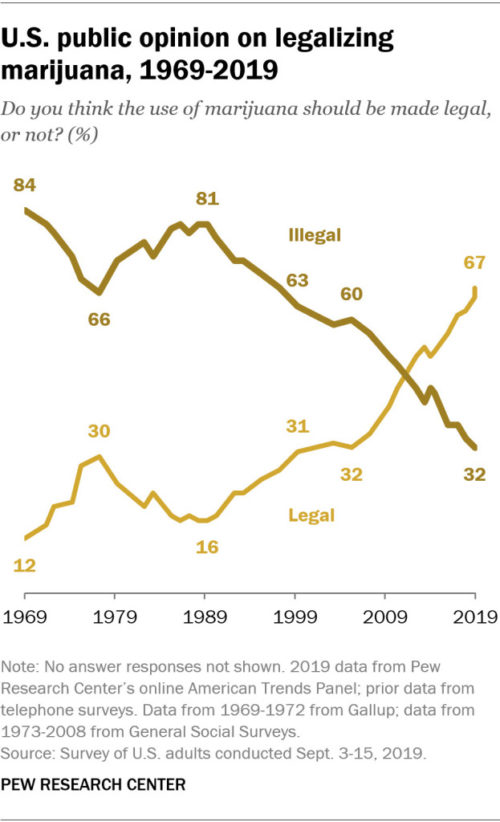The state that inspired the book ‘What’s the Matter with Kansas?’ continues to ignore cannabis prohibition’s uncanny ability to ignite a populist revolt whenever and wherever law enforcement exceeds its authority.
Exceeding their authority, the Kansas Highway Patrol targets motorists who are merely exiting Colorado into Kansas. According to studies, the KHP prefers intercepting those who look ethnic, or who display Colorado or out-of-state license plates, this in a state that was anti-slavery during the Civil War. The first complaints arose in 2016. The bogus stops didn’t stop. Now a lawsuit has been filed by the ACLU and three plaintiffs who were detained by the KHP. The legal action is drawing wide public attention to corrupt police tactics, such as the Kansas Two Step:
Ninety-three percent of the Kansas Highway Patrol’s traffic stops in 2017 involved cars with out-of-state plates, according to a lawsuit challenging the practice as an infringement on motorists’ constitutional rights. […]
The complaint … challenges a law enforcement practice known as “the Kansas Two Step,†a maneuver used to detain drivers for canine drug searches. The maneuver, which is included in the agency’s training materials, is a way to break off an initial traffic stop and attempt to reengage the driver in what would then be a consensual encounter.
The way the “Kansas Two Step†works is this: A trooper stops a vehicle with out-of-state plates under the pretense of a minor traffic violation. The trooper issues the driver a ticket or warning for the infraction, then turns around and takes a couple of steps away from the vehicle before turning around and asking the driver to agree to answer additional questions. When the driver denies transporting anything illegal, the trooper requests consent to search the car. If the driver declines to consent to a search, the trooper detains the driver for a canine drug search. […]
Litigating against illegal marijuana searches by the Kansas highway police might seem odd given that Wichita is home to the fabulously wealthy and influential Charles Koch DBA Koch Industries. Koch has criticized marijuana prohibition and he funds the Charles Koch Institute that works for juridical reform. So where is the Koch action plan for legalizing medicinal cannabis in Kansas and eliminating drug related stops and asset forfeitures by the KHP?


